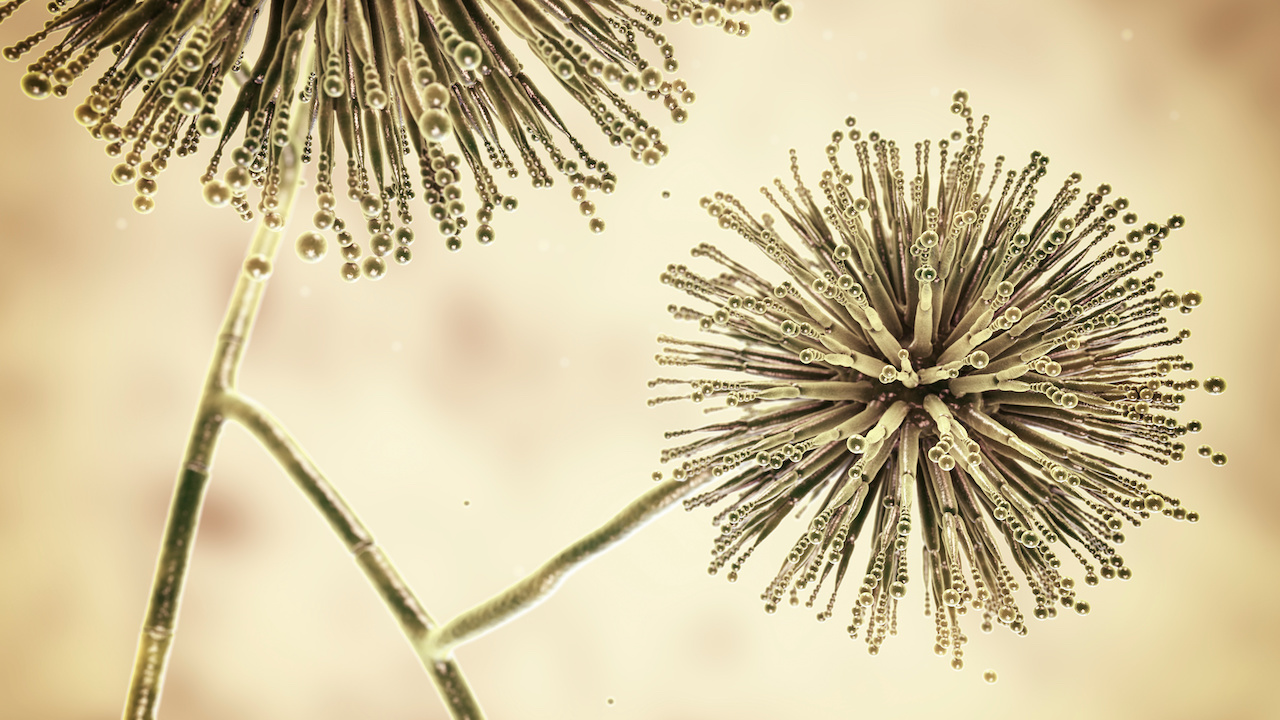Mold is present pretty much everywhere in nature, especially in highly humid and hot environments. However, certain types usually breed in homes, where they can pose a significant threat to health.
Here are the 6 types of mold most commonly found in homes, as well as tips for recognizing and eliminating them.
1. Stachybotrys
Most people know Stachybotrys by its common name: black mold. As its name suggests, it is usually black, although certain subspecies can also be dark green and brown.
Black mold can cause flu-like symptoms, as well as diarrhea, respiratory damage, dizziness, and painful headaches. It is most dangerous for children, as their immune systems usually aren’t strong enough to combat it. Generally, it appears on ceilings, floors, drywall, and old baseboards.
2. Chaetomium
This type of mold can be black, green, brown, or yellowish, and it thrives in properties that have suffered water damage. It usually appears on wallpaper or drywall, but it can also live on carpets and wet baseboards.
Like most mold breeds, Chaetomium causes allergies and respiratory issues. In addition, it can lead to neurological damage, especially in those who have weaker immune systems.
3. Aspergillus
Aspergillus is present in the air we breathe every day. Still, its presence is not significant enough to cause any damage.
However, matters change when this mold breed attacks a home. If a house is infested, everyone living in it may have severe respiratory issues, allergic reactions, and even neurological problems. You can recognize this type of mold quite easily, as it appears in a splatter-like pattern and is distinctly dark.
4. Penicillium
When found in homes, Penicillium usually thrives in crawl spaces and attics. Fully grown, it appears in the form of hairy dark gray or brown spots covering walls or floors.
It causes asthmatic symptoms, including difficulty breathing and watery eyes. After ingesting spores for a few weeks, people can also get lung infections.
5. Fusarium
Fusarium thrives in humid soil, but it can also find its home in old carpeting, damaged drywall, or foam insulation. It is a bit difficult to spot in its early stages, as it can appear translucent. However, once fully grown, it becomes dark green.
For most people, Fusarium spores won’t cause any respiratory issues. However, many complain of watery and itchy eyes, which can lead to an eye infection.
6. Alternaria
Alternaria is a greenish and yellow mold type most infamous for causing severe allergies. Interestingly, it does not thrive in drywall or any other construction material. Instead, its spores either float in the air or breed in electric cables, canvas, and cardboard.
Do You Have Mold in Your Home?
If you suspect that your home is infested with mold, reacting quickly is key. Although it might be tempting to try and deal with it on your own, asking for professional help is a much better idea.
At Mold Solutions, we have experience dealing with all types of household mold. Whether you’re dealing with the aftermath of water damage or a particularly rainy season, we can help make your home a safe space once again.
Contact us today, and let’s get to work!








